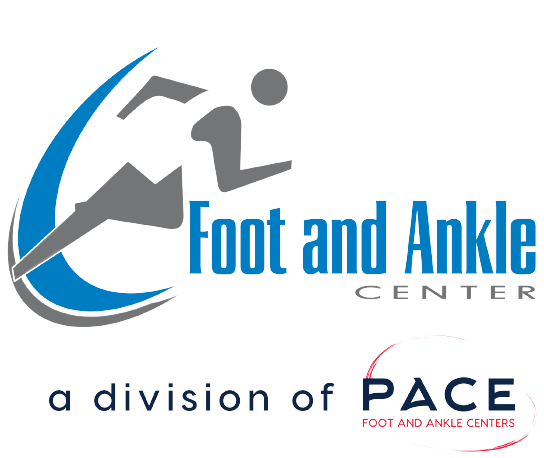Gout
Gout is a medical condition usually characterized by an acute red, severely tender, hot, swollen joint. The metatarsal-phalangeal joint at the base of the big toe is the most commonly affected. It is sometimes caused by elevated levels of uric acid in the blood which crystallize and are deposited in joints, tendons, and surrounding tissues.
Diagnosis is confirmed clinically by the visualization of the characteristic crystals in joint fluid. Treatments include nonsteroidal anti-inflammatory drugs (NSAIDs), oral or intra-articular steroids, or colchicine to improve symptoms. Once the acute attack has subsided, levels of uric acid are usually lowered via dietary and lifestyle changes. In those with frequent attacks, allopurinol or probenecid may provide long-term prevention.
Gout was historically known as “the disease of kings” or “rich man’s disease” due to its link to rich diets and consumption of alcohol.
Signs and Symptoms
The signs and symptoms described above occur usually without any trauma or other activity changes.
Cause
Hyperuricemia (elevation in uric acid) is the underlying cause of gout. This can occur for a number of reasons, including diet, genetic predisposition, or under excretion of urate. Renal under excretion of uric acid is the primary cause of hyperuricemia. The condition causes precipitation into “cooler” joints of the body resulting in an intense inflammatory response.
Dietary causes account for about 12% of gout, and include an association with the consumption of alcohol, fructose-sweetened drinks, meat, and shellfish. Other triggers include dehydration, some physical trauma and surgery.
Medical Conditions
Gout frequently occurs in combination with other medical problems. A combination of abdominal obesity, hypertension, insulin resistance and abnormal lipid levels occurs in nearly 75% of cases A body mass index greater than or equal to 35 increases a male’s risk of gout threefold.
Medication
Diuretics have been strongly associated with attacks of gout, as well as niacin and aspirin (acetylsalicylic acid). Cyclosporine is also associated with gout, particularly when used in combination with hydrochlorothiazide.
Uric Acid
Gout is a disorder of purine metabolism, and occurs when its final metabolite, uric acid, crystallizes in the form of monosodium urate, precipitating in joints, on tendons, and in the surrounding tissues. These crystals then trigger an inflammatory reaction.
Treatment
The initial aim of treatment is to settle the symptoms of an acute attack, with the use of nonsteroidal anti-inflammatory drugs (NSAIDs), colchicine and/or steroids. Understanding the nature of the condition is the key to avoiding recurrent attacks or progression of the disease.

